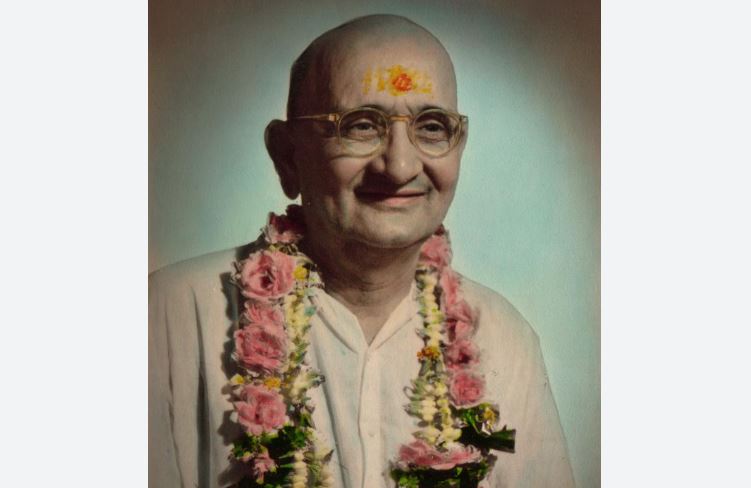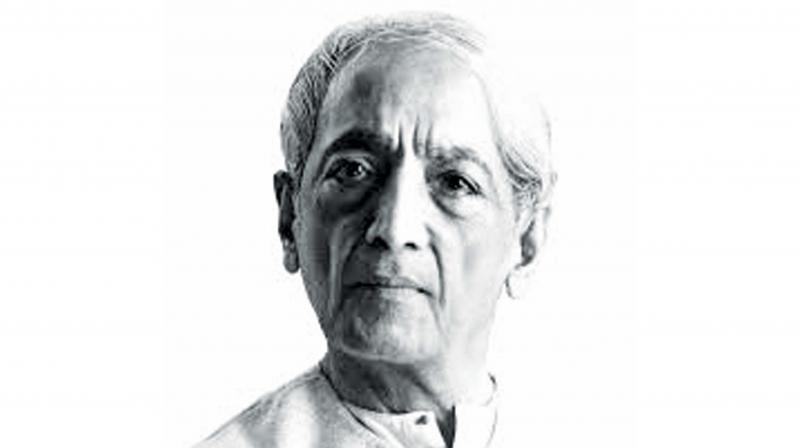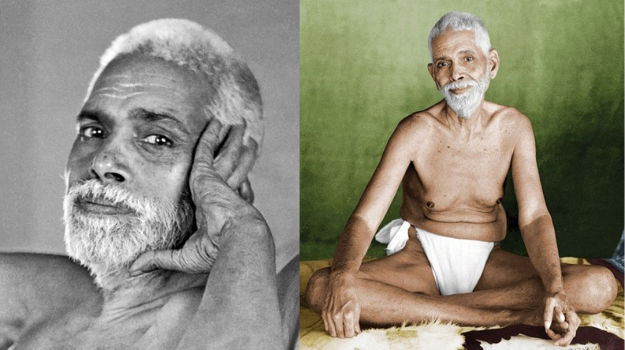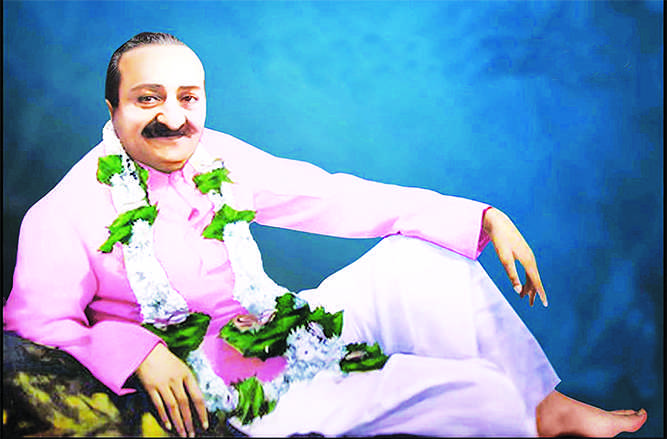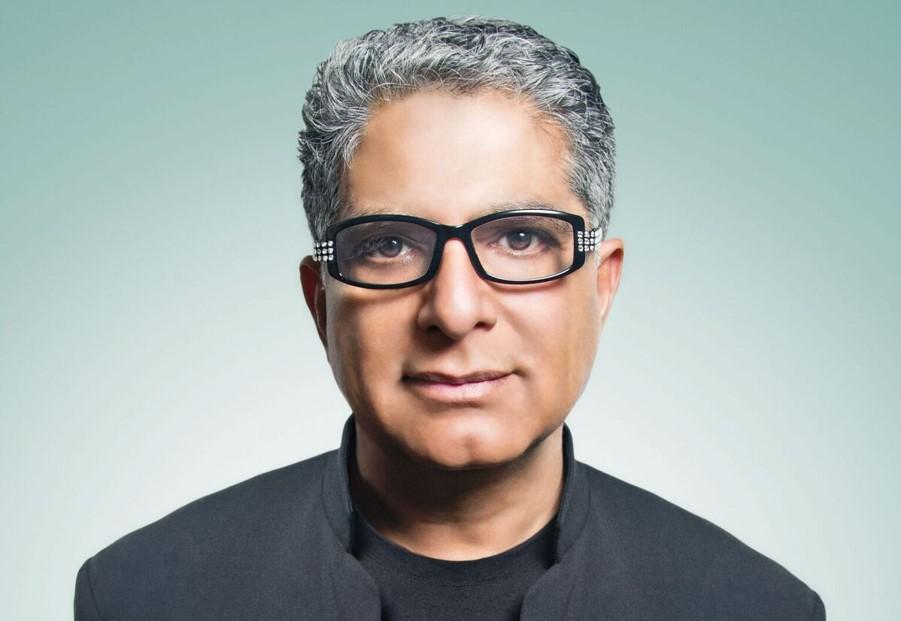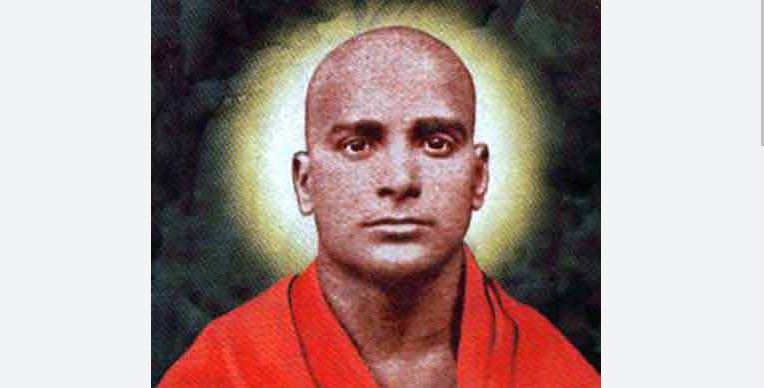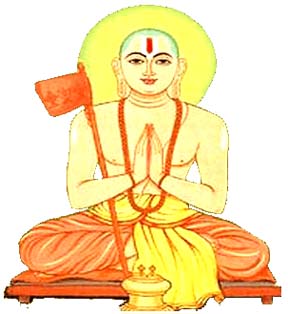
Sri Ramanuja attempts to systematize the philosophy of the Upanishads, taking the cue from the ancient theistic philosophers. He recognizes three lines of thought in the Upanishads concerning the relation between Brahman, the self and the world:
1. Passages which declare difference of nature between the world, the self and Brahman. Here the world is the non-sentient matter (acit) which is the object of experience; the self is the experiencing conscious subject (cit), and Brahman, the absolute ruling principle. These may be named analytical texts.
2. Passages which teach that Brahman is the inner self of all entities which constitute his body. For instance, “He who dwells in the earth and within the earth, whom the earth does not know, whose body the earth is, and who rules the earth within, he is thy Self, the ruler within, the immortal” etc. (Br. III, vii, 3-23). These are called ghataka-srutis or mediating texts.
3. Passages which proclaim the unity of Brahman with the world in its causal as well as effected aspect. The famous text, ‘That thou art, O Svetaketu’ (Cha. VI 2-8) comes under this category. These may be termed as synthetic passages. Sri Ramanuja lays down that the interpretation of the various passages must be such that they are not made to contradict each other, and not a single passage should be so interpreted as to be divested of its primary significance.
The first group of texts distinguishes Brahman from the world and the individual selves. In a way it emphasizes the transcendent character of Brahman. The second group of texts declares Brahman to be the inner self of all entities. Neither the individual self nor the world can exist by itself. They are inseparably connected with Brahman as his body, and thus are controlled by him.
These texts teach duality in so far as distinction is made between body and self, and unity in so far as the self, the substantive element, predominates over and controls the body, its attribute.
The last group of texts aim at proclaiming the non-dual character of Brahman who alone constitutes the ultimate Reality. The self and the world, though distinct from each other and real, have a different value. They only exist as a mode or attribute of Brahman. They are comprehended in the reality of Brahman. They exist because Brahman exists.
On this principle of interpretation, Sri Ramanuja recognizes that the passages declaring distinction between Brahman, the world and the self, and those affirming Brahman to be the same in the causal as well as effected aspects, do not in any way contradict the mediating passages which declare that the individual selves and the world form the body of Brahman, and they in their causal state do not admit the distinction of names and forms while in the effected state they possess distinct character.
The notion of unity may be illustrated by the example, “A purple robe.” Here purpleness is quite different from robe. The latter is a substance while the former is an attribute. This integral and essential relation is not found in the case of a man wearing a wrist-watch. If the former relation is inseparable, the latter is separable and external.
The 997th birth anniversary of Ramanujacharya was observed on May 4
Swami Adidevananda

